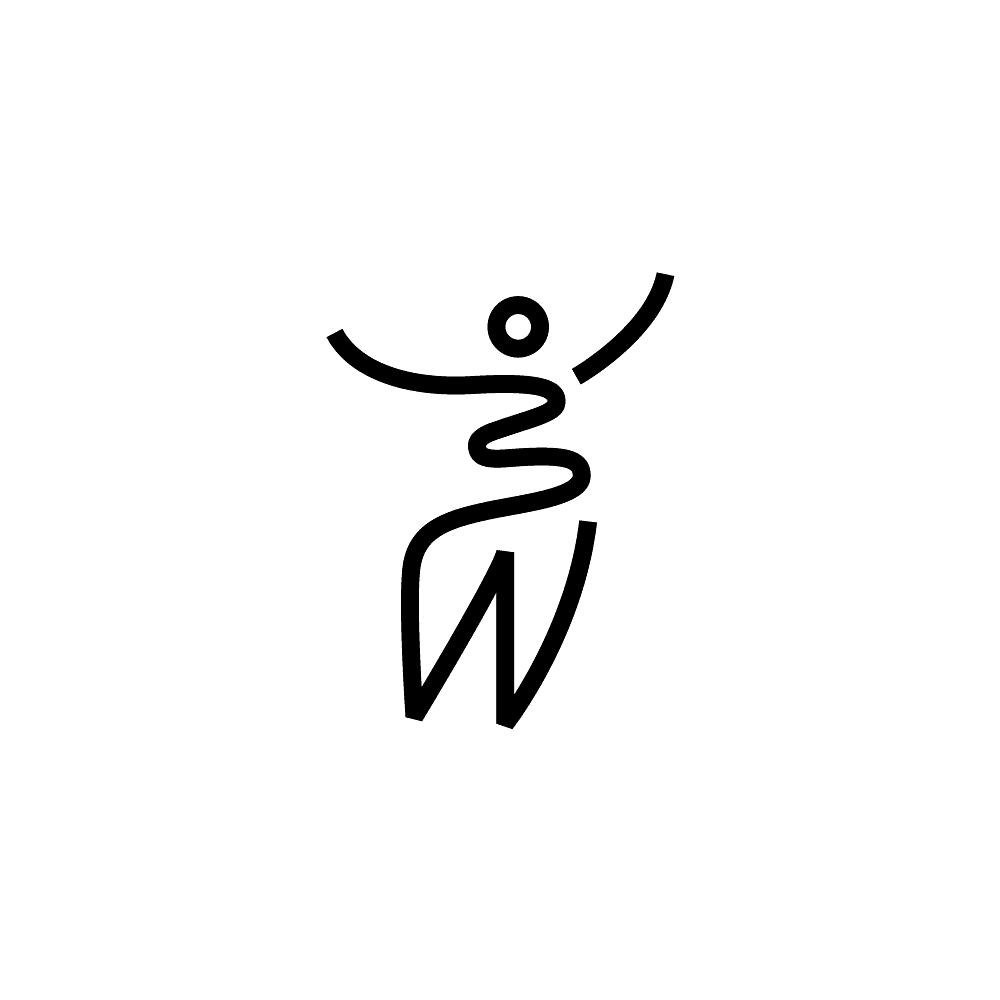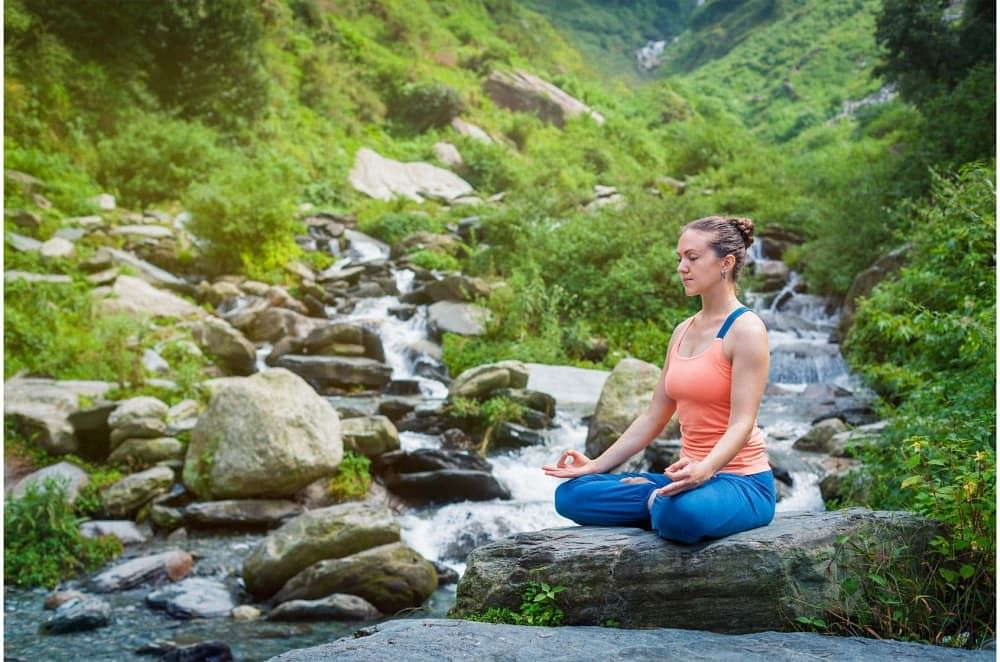What Is Padmasana (Lotus Position)?
The Padma is a Sanskrit word that means lotus. Padmasana, commonly called the lotus pose or kamalasana, is a famous yoga pose for meditation. In this pose, we need to sit down with our back straight and legs crossed. Our ankles lie on opposite thighs, and the arms rest lightly on the knees.
Padmasana Benefits
Padmasana is considered one of the essential poses for meditation in Ayurveda. Here are some of the significant padmasana benefits:
- Increase in Energy Levels:- In a study conducted on 50 men between the age of 20-23, sitting in a lotus position for 30 minutes increased the energy levels in the acupuncture meridians, which is similar to prana shakti in Ayurveda.
- Helps During Childbirth:- Another padmasana advantage is that it helps at the time of childbirth. Padmasana stretches our hip region and helps strengthen the pelvic muscles. Therefore, it helps reduce labour pain during delivery.
- Reduces Menstrual Cramps:- Since padmasana makes our pelvic region strong by stretching our muscles, it also helps reduce muscle cramps.
- Boosts Concentration:- While practising padmasana, we close our eyes and focus on our breathing. It increases our concentration.
- Helps to Create a Balance Between Mind, Body, and Spirit:- Padmasana is one of the best poses for calming our mind and body. Deep breathing during the lotus pose relaxes our body and awakens various energy points.
Ardha Padmasana Benefits
Ardha Padmasana is the half lotus pose in which instead of placing both your heels on opposite thighs, you place only one heel. After a few minutes, you can switch and place the other heel on the opposite thigh. People who find it challenging to perform the padmasana can begin with the half lotus pose.
Here are some of the significant Ardha padmasana benefits:
- Improves Digestion:- During padmasana, the blood flow is directed towards the abdomen region. It helps to reduce constipation and aids in digestion.
- Improves Posture:- Since we need to keep our back straight while practising padmasana, it helps to improve our posture and also strengthens our spine.
- Reduces the Chances of Heart Ailments:- Deep breathing is essential while performing padmasana. It increases the blood flow in the body and dilates our vessels thus, reducing the chances of a heart attack.
Also Read: 11 Amazing Chakrasana (Wheel Pose) Benefits That You Should Know!
Urdhva Padmasana Benefits
Urdhva padmasana is called the lotus headstand pose or the upward lotus pose. Following are the Urdhva padmasana benefits:
- Strengthens Neck and Shoulders: During urdhva padmasana, the shoulders support the entire body weight. It strengthens the shoulders and neck muscles.
- Aids in Getting Rid of Lower Body Fat:- Urdhva yogasana is no less than a full-body workout. It enhances strength, flexibility and also tones our hips and legs.
How to Do Padmasana - Padmasana Steps?
Here is how you can do Padmasana in a few simple steps:
- First, you need to sit on a yoga mat with your legs stretched out in front of you, keeping your back straight.
- Now, you need to cross your legs. Put your left ankle on your right thigh. Similarly, bend your right leg to put it on your left thigh.
- You should ensure that the heels are towards the abdomen.
- After this, you need to place your hands on the knees gently. Keep your index finger and thumb joined.
- Now you can start meditating slowly.
Also Read: What Is Trikonasana (Triangle Pose) Benefits & Steps - Bebody Wise
Padmasana (Lotus Position) for Beginners
Even though padmasana has several benefits for the body, it can be challenging to sit crossed legs for a long time, especially for beginners. Therefore, if you are going to start practising padmasana, you need to take it slow initially.
You can begin with 10-20 minutes and gradually increase the time. Following are a few things that beginners need to keep in mind while practising padmasana:
- If you have an injury in your knees, neck, or spine, you should avoid performing padmasana.
- Do some warmup exercises before practising padmasana.
- Suppose you are not able to practise padmasana. In that case, you can begin with ardha padmasana or the half lotus pose where you need to keep only one heel on the opposite thigh.
Follow-up Poses After Padmasana (Lotus Position)
Since we sit crossed-legged during padmasana, the blood flow to our legs gets restricted. Therefore, we must follow up padmasana with poses that increase blood flow to the legs.
- Savasana:- After practising padmasana as a pranayama pose, you can lay down flat on the mat in savasana or the corpse pose to relax your body.
- Paschimottanasana:- This pose involves stretching your legs in front of you and bending the body to bring your chest above the things. It relaxes the spine and increases blood flow towards the legs.
Disadvantages of Padmasana
Even though padmasana has several health benefits, it also has a few disadvantages:
- It can restrict blood flow to your legs.
- If done without a warmup, padmasana can cause a sprain in your legs.
- The wrong padmasana pose may cause hip or knee injury.





